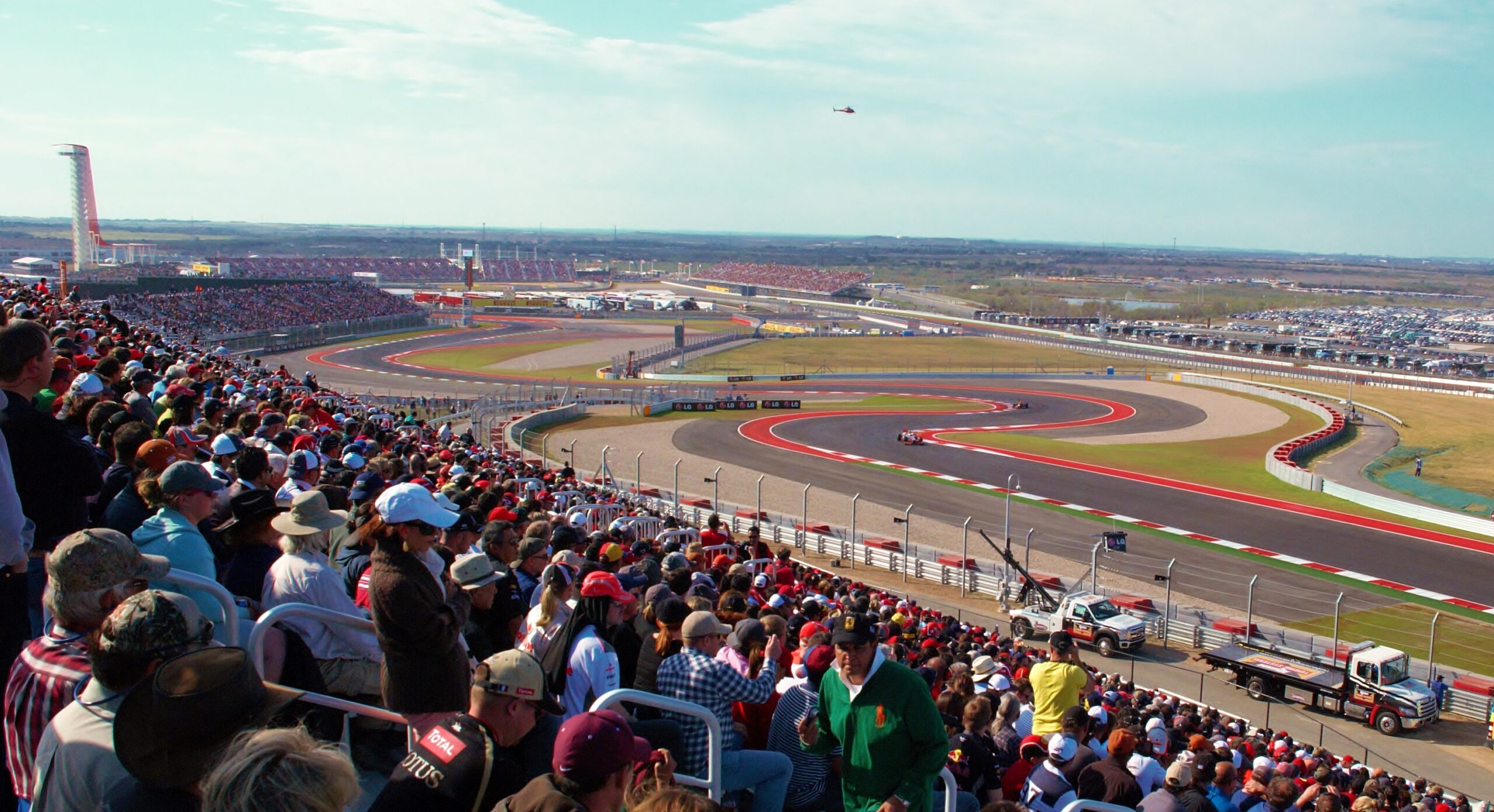United States Grand Prix – The History, The Circuits, The Drivers & the Cars
Road racing in America has taken a back seat to oval racing held at venues such as Daytona and Indianapolis but with the return of the United States GP and the continued growth of Formula One in the rest of the world Grand Prix History will take the opportunity to look back upon a time when Americans went Grand Prix racing. Formula 1 has a rich and varied history in America, having moved home more than any other grand prix since the championship began in 1950. But grand prix racing didn’t start in the United States in 1950, it goes way further back. The American Grand Prix experience can be broken out into a few broad eras:
- Beginnings and the Vanderbilt Cup
- The Grand Prize era
- Post-war decline and the Indianapolis 500
- Sebring (1959) and Riverside (1958, 1960)
- Watkins Glen (1961–1980)
- Phoenix (1989–1991)
- Indianapolis (2000–2007)
- Austin (2012-2019, 2021)
The Vanderbilt Cup
Chain your Dogs and lock up your fowl. So was heralded the Long Island Vanderbilt Cup races. Many races have been held under the Vanderbilt Cup banner but the initial races from 1904-1910 on the streets of Long Island marked the high point of this series. Born from the imagination of William “Willie K” Vanderbilt, Jr., great grandson of millionaire Cornelius Vanderbilt and a racer in his own right, these races were held despite numerous court orders, public hearings and threats of injunction. The initial course measured 30.24 miles winding for the most part through Nassau County, New York. The rules were simple; each car must be completely manufactured in the country represented, weighing no less than 881 lbs. and no more than 2,204 lbs. The drivers and mechanics themselves had to weigh a minimum of 132 lbs. The American Automobile Association (AAA) a new organization compared to the Automobile Club of America (ACA) sanctioned the events, which would cause problems in the future. Learn more.
No Subscription? You’re missing out
Get immediate ad-free access to all our premium content.
Get Started



